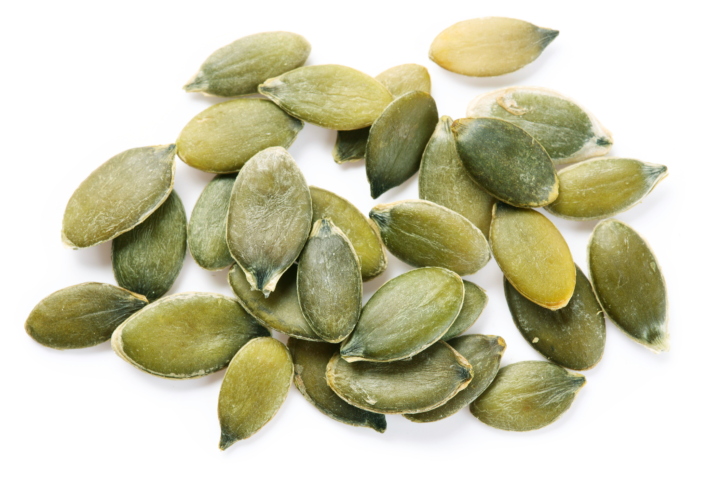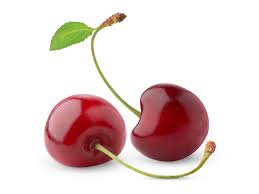Traveling for the holidays?? Hotel room, the in-laws, friendsgiving airbnb...the holidays don't have to mean your fitness takes a down turn!
Pack shorts and a tee (or those black leggings you know you’re going to wear anyway), and sneak in a quick 20-minute bodyweight workout. It can make a huge difference in your energy and prevent that dreaded feeling you know you're going to have when everything just…feels...so...hard...in your workout next week.
That “use it or lose it” principle you hear about, is actually a thing (sigh). It’s known as “disuse atrophy” and can happen in as little as 72 hours. BUT, that doesn’t mean all progress is lost when taking a week off. The more fit the muscle (and therefore, you), the slower the atrophy.
So, if you’re someone who exercises vigorously 5-7 days a week, you might actually benefit from giving your body a chance to recover, so listen to it and embrace it! Maybe you just pack along a travel foam roller for some muscle regeneration.
But if you've just started out on your fitness journey, keep it up and make sure to get at least one day in while you're traveling to maintain progress, slow down atrophy, and stay consistent with those healthy habits you’re building. And I promise you'll feel a million times better knowing you fit a workout in before noshing on all the delicious holiday treats.























